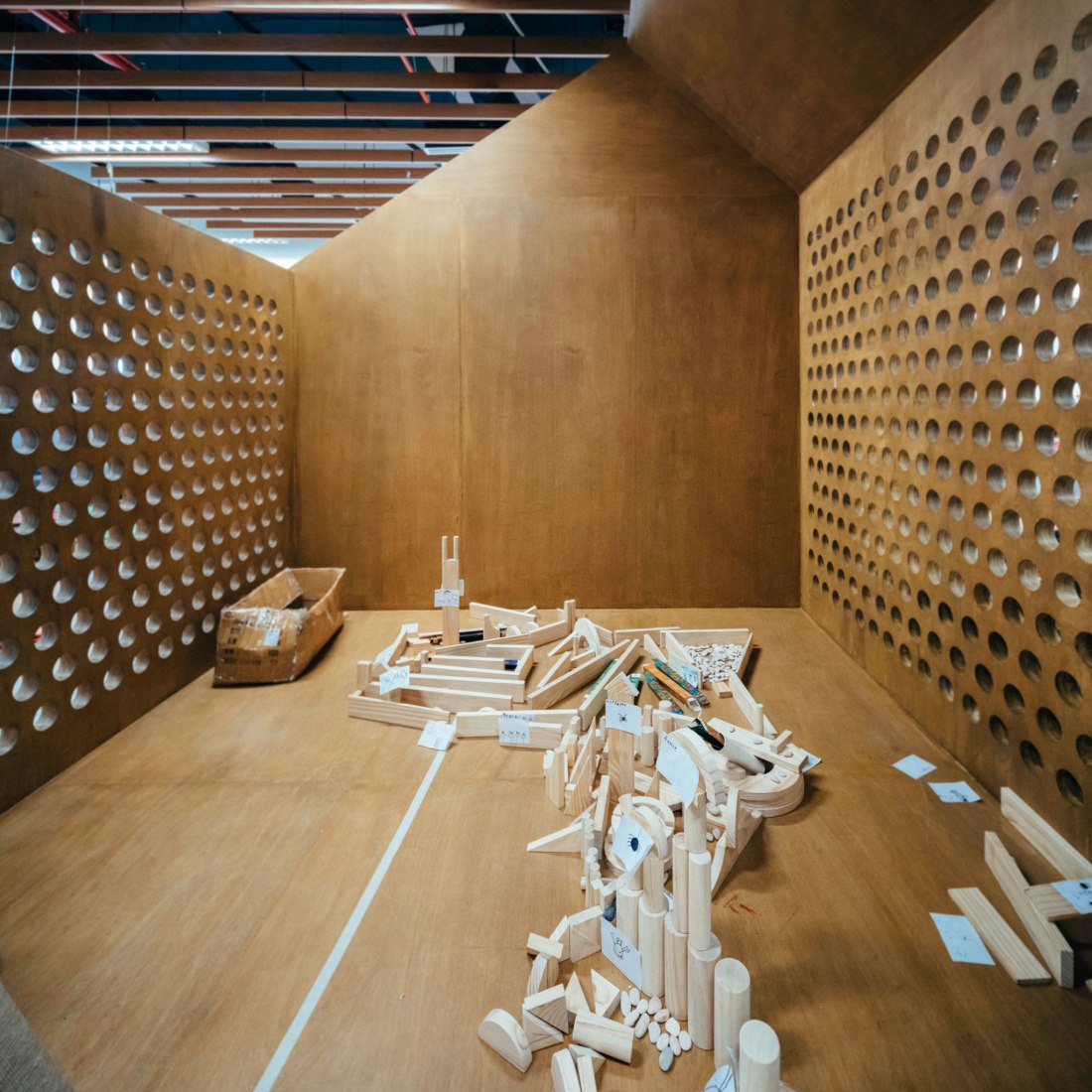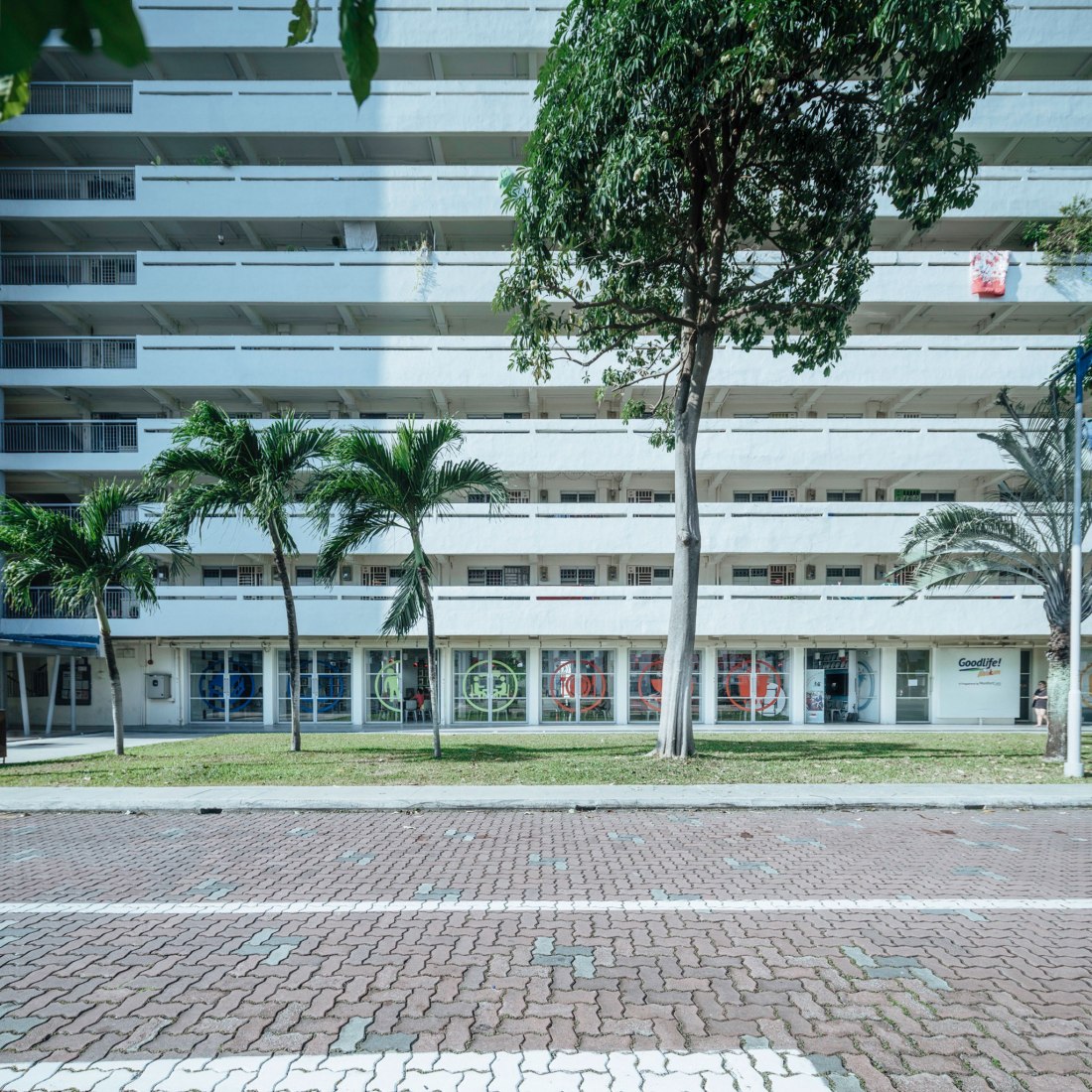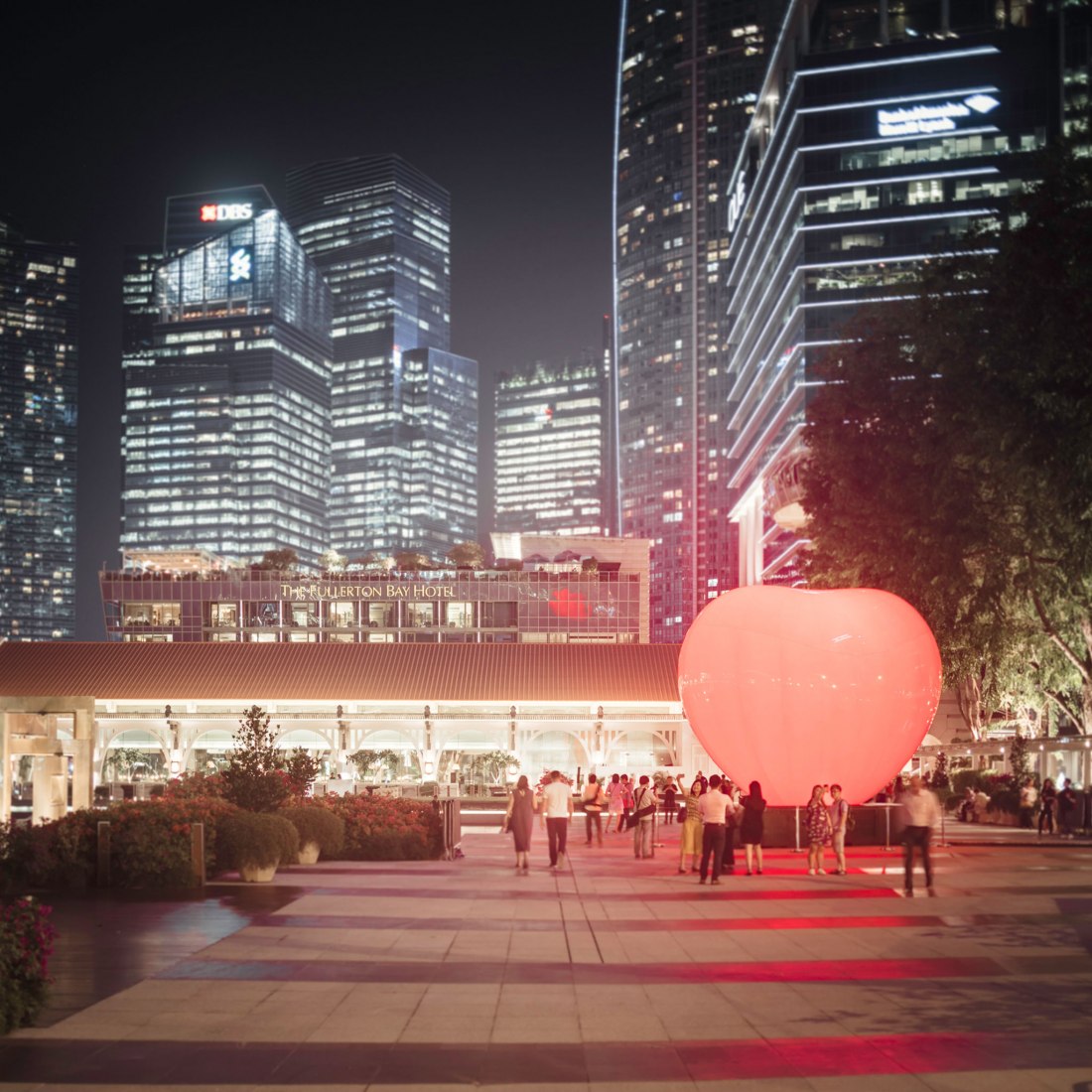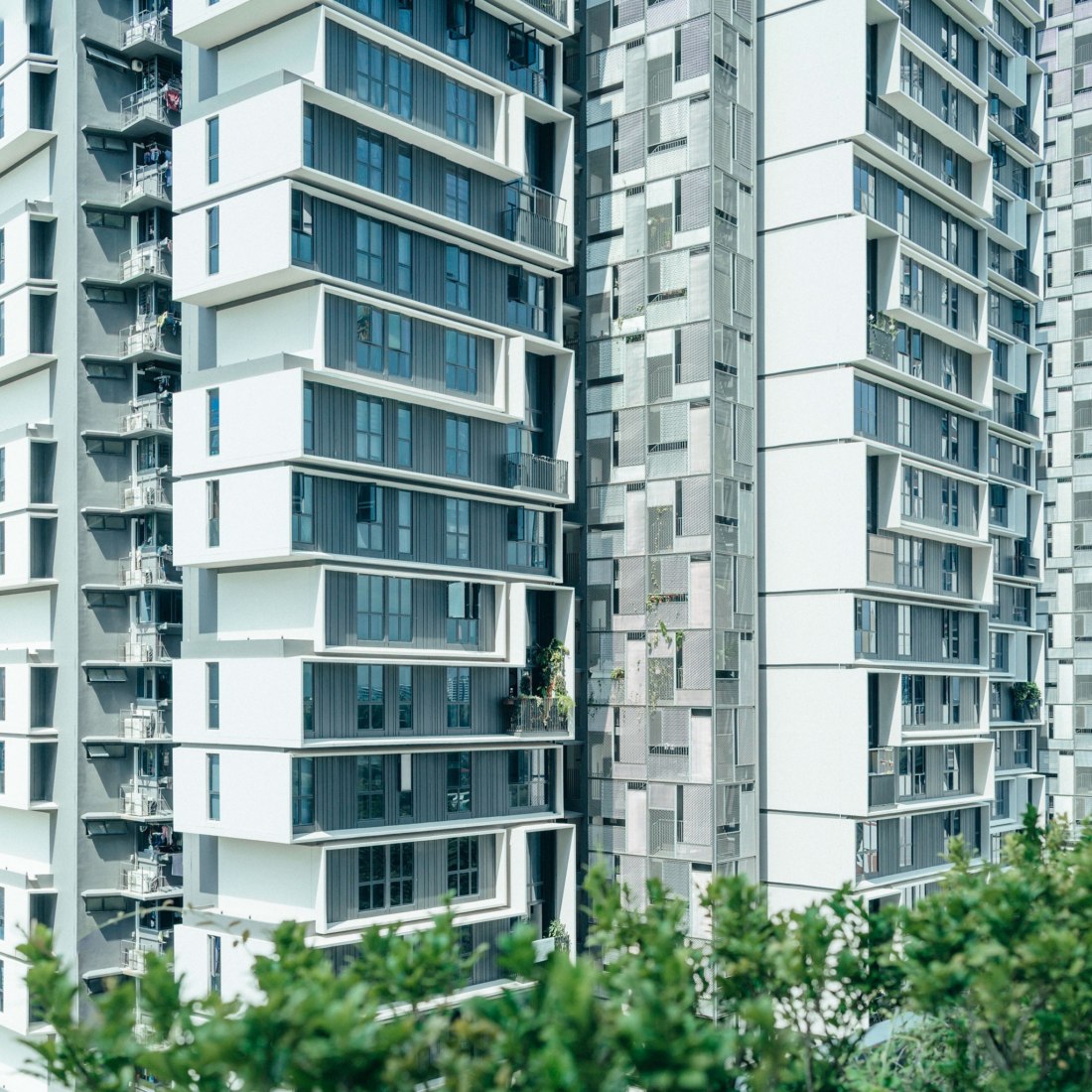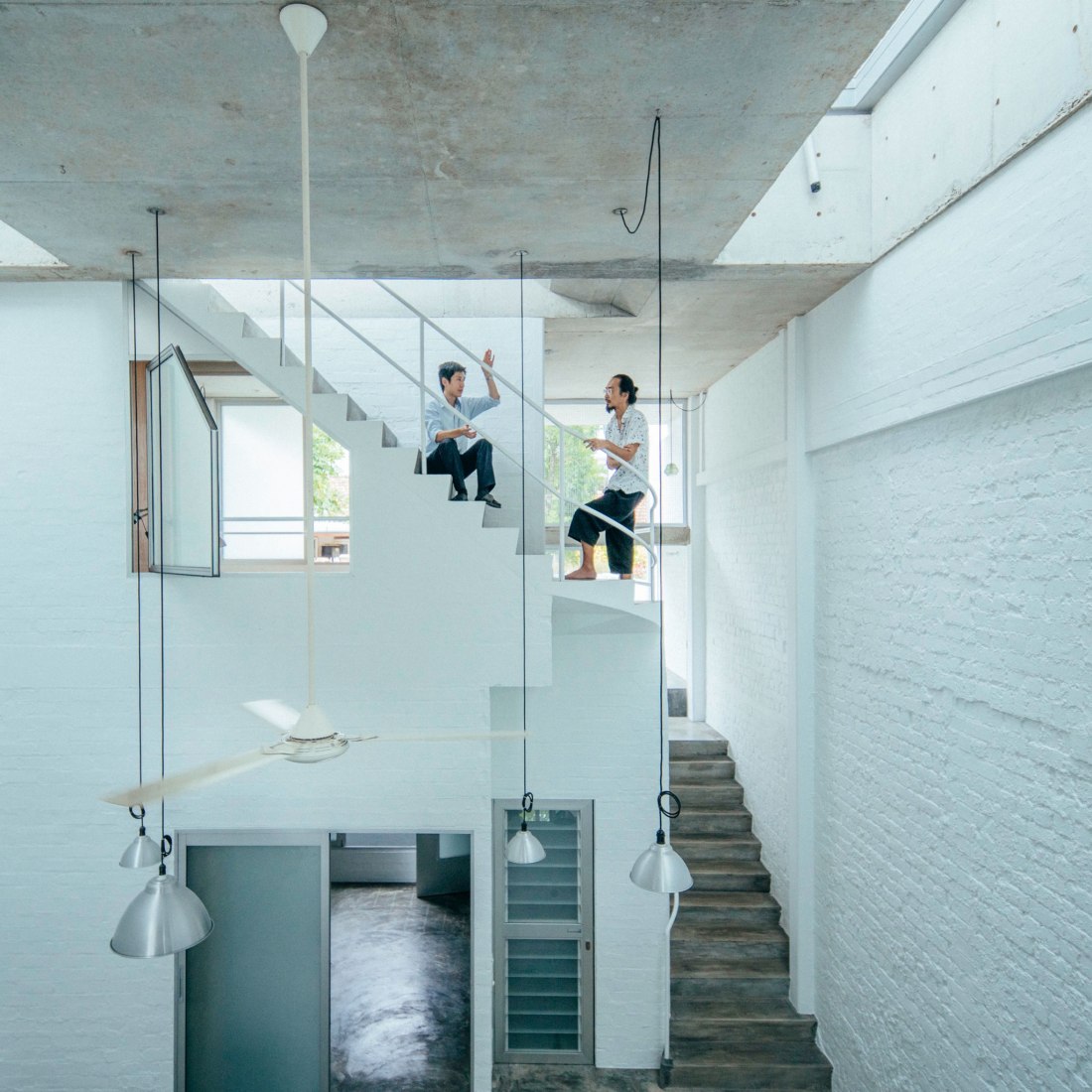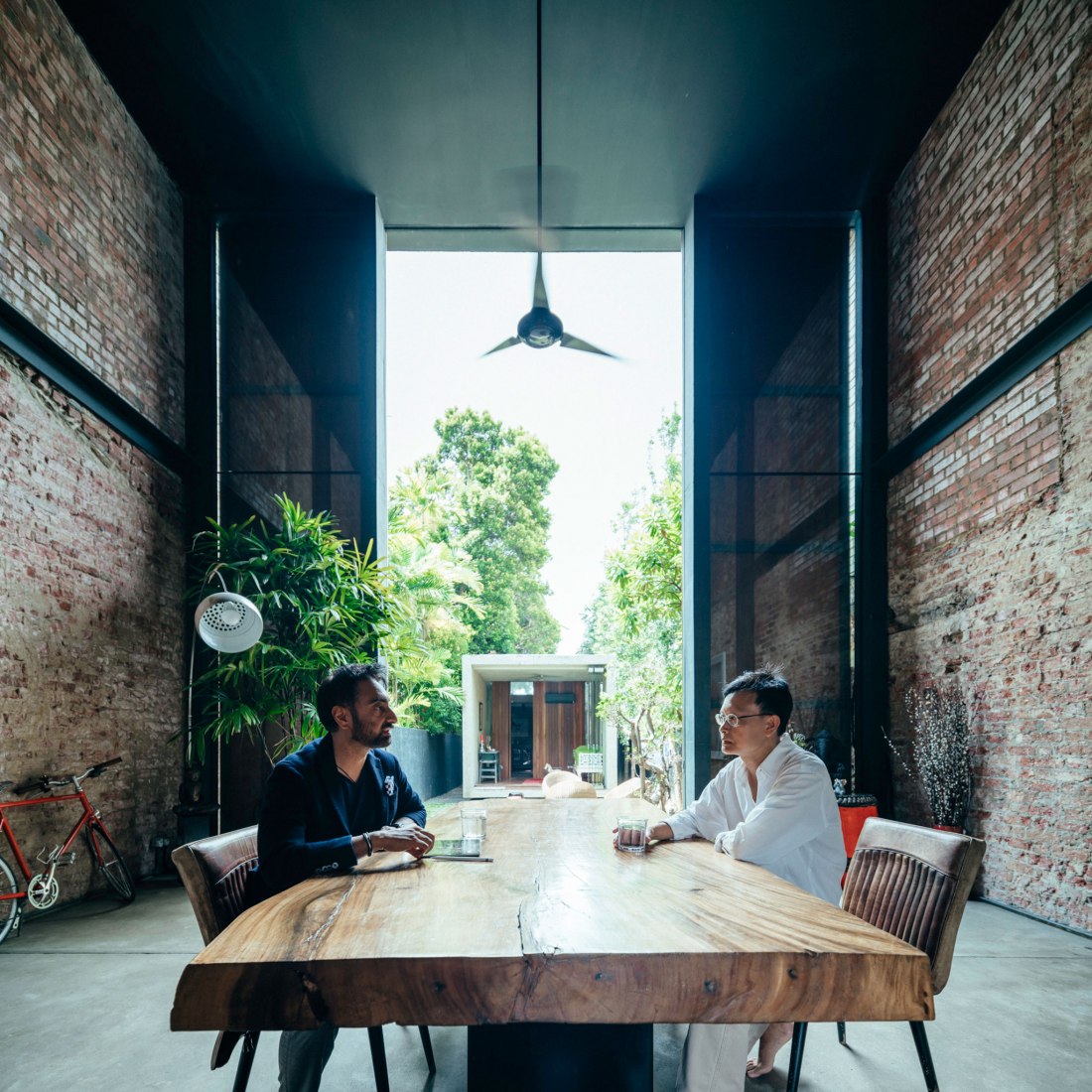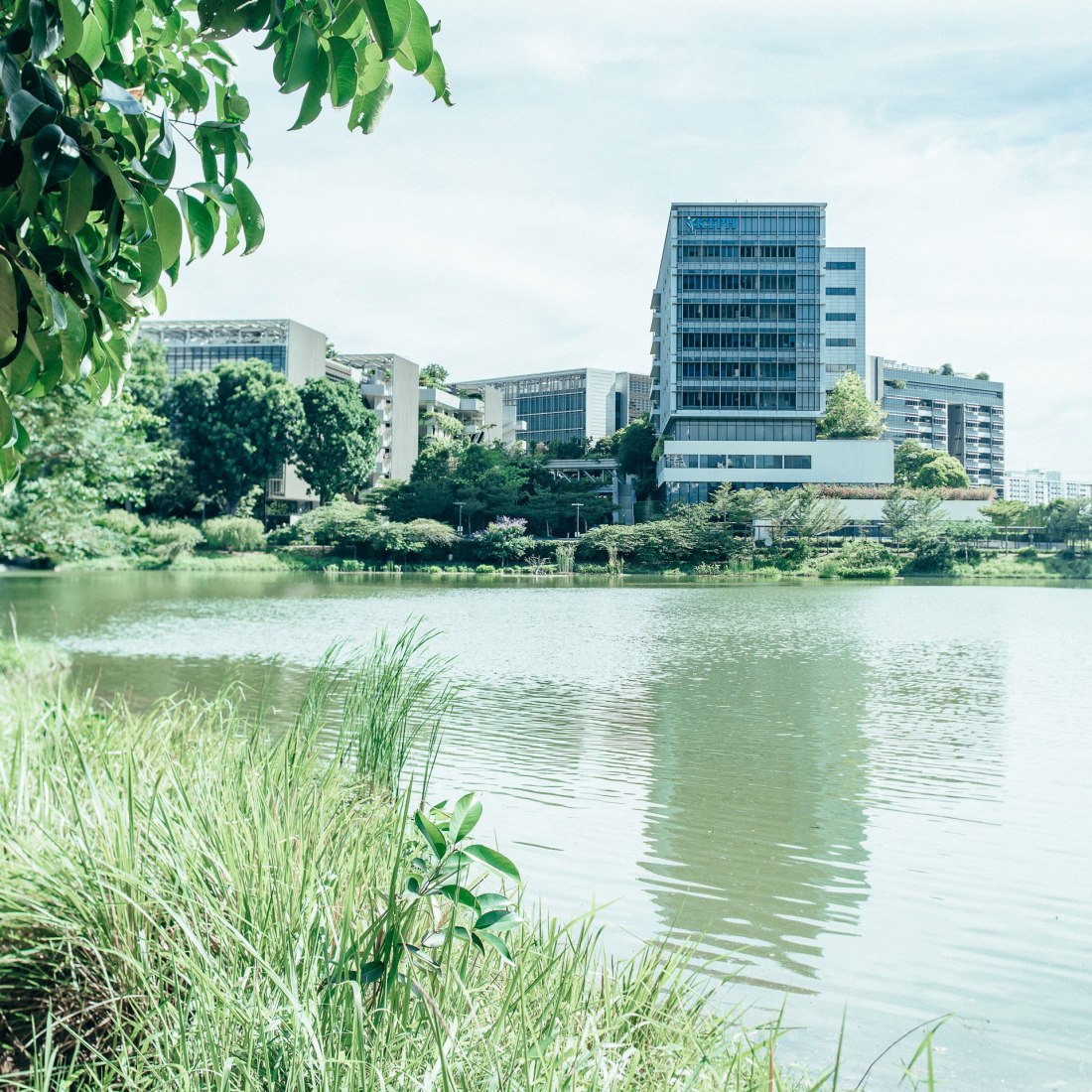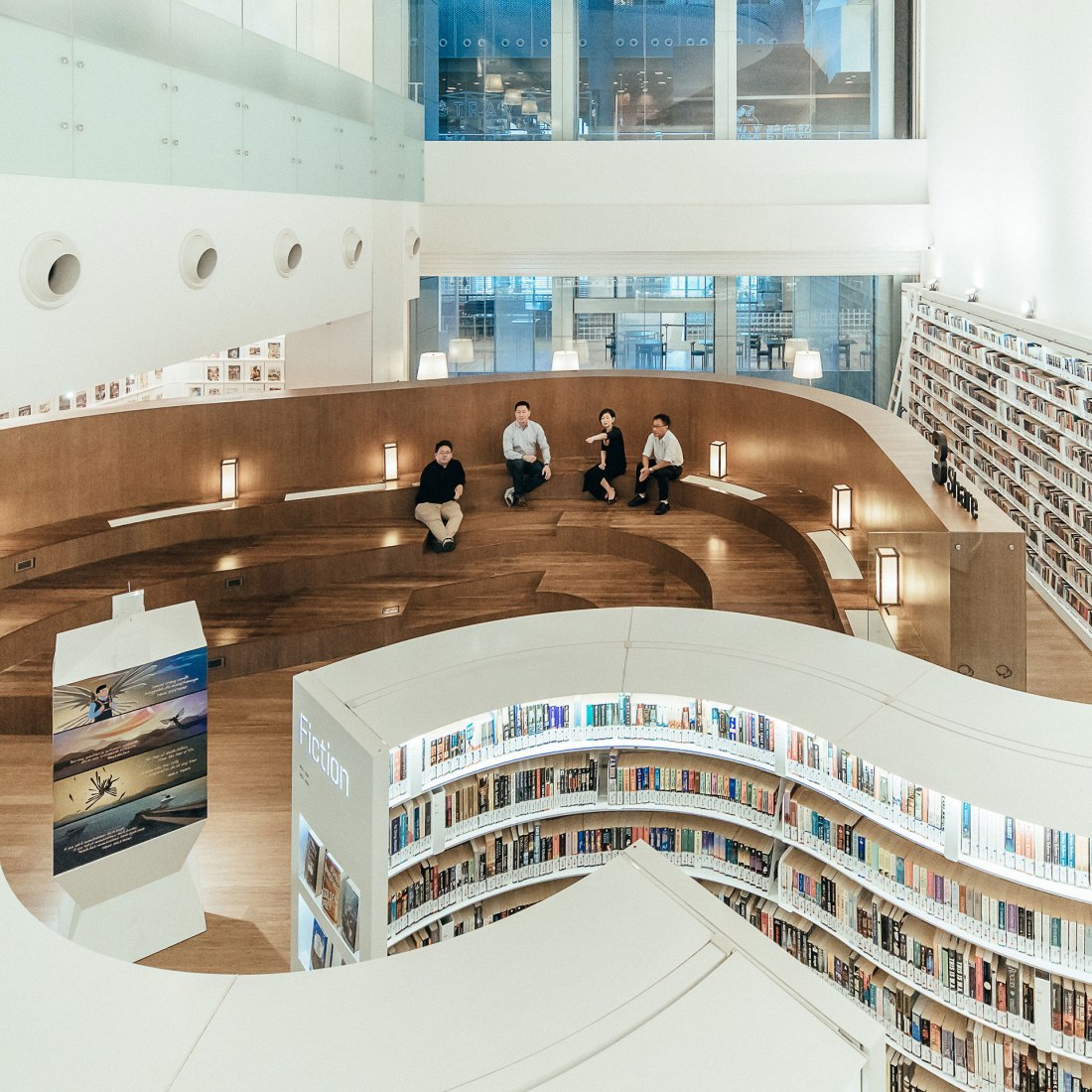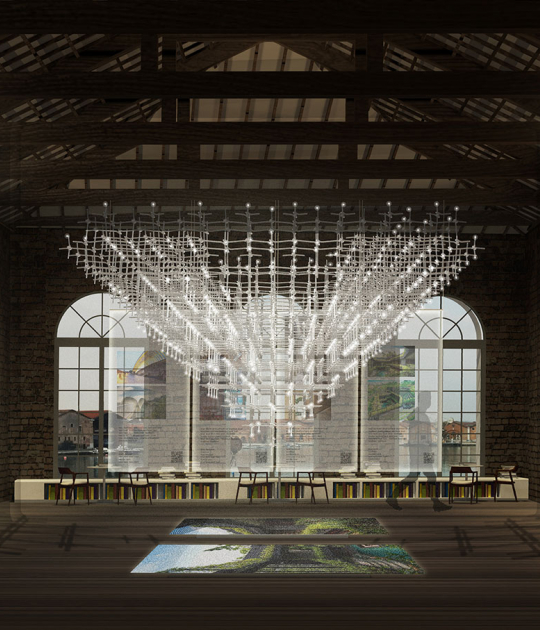No More Free Space? tells the story of how, in spite of the lack of free space, Singapore-based architects, urban planners and place-makers have creatively found ways to bring delightful free spaces to the city’s everyday life.
Singapore – at just 720 square km with 5.6 million people – is one of the densest countries in the world. Can there be any free space left on this highly urbanised island state?
The story that the Singapore pavilion tells is of how we have created delightful free spaces, in spite of our size. It is a study of how architects and designers have innovated and borrowed from nature to create useful and delightful spaces and places.
Today, Singapore, which is more than 400 times smaller than Italy, is known for housing millions comfortably in high-rise apartments, reclaiming land for sea- and air-ports, carving out shared spaces and infrastructure, and ensuring all sectors of the economy have room to grow. Constraints have been our most powerful innovation spur.
Yet, even as limited resources are distributed scrupulously, our architects and designers have not lost sight of the famous triad by Roman architect Vitruvius: Firmitas, Utilitas, Venustas. Interpreted contemporarily as Stability, Commodity, and Delight.
Our tropical, high-density urban environment serves as both the context and inspiration for architects and designers to innovate new sensorial experiences through various dimensions. They borrow free natural resources like light, air and water to refresh our senses; they tap social capital to bring joy and excitement of being part of society. They imagine spaces that did not exist by going upwards, sideways or underground.
Step into the Singapore pavilion and a cloud of handcrafted acrylic knots invites visitors to experience the myriad forms of delightful free spaces. Immerse in the sights and sounds of Singapore through a multi-sensorial experience of lighting, sounds and imagery.
This showcase celebrates the generosity of space- and place-making through openness, discovery and resolve, and aims to start a conversation about the creative freedom of the mind that turns constraints into possibilities.
Singapore – at just 720 square km with 5.6 million people – is one of the densest countries in the world. Can there be any free space left on this highly urbanised island state?
The story that the Singapore pavilion tells is of how we have created delightful free spaces, in spite of our size. It is a study of how architects and designers have innovated and borrowed from nature to create useful and delightful spaces and places.
Today, Singapore, which is more than 400 times smaller than Italy, is known for housing millions comfortably in high-rise apartments, reclaiming land for sea- and air-ports, carving out shared spaces and infrastructure, and ensuring all sectors of the economy have room to grow. Constraints have been our most powerful innovation spur.
Yet, even as limited resources are distributed scrupulously, our architects and designers have not lost sight of the famous triad by Roman architect Vitruvius: Firmitas, Utilitas, Venustas. Interpreted contemporarily as Stability, Commodity, and Delight.
Our tropical, high-density urban environment serves as both the context and inspiration for architects and designers to innovate new sensorial experiences through various dimensions. They borrow free natural resources like light, air and water to refresh our senses; they tap social capital to bring joy and excitement of being part of society. They imagine spaces that did not exist by going upwards, sideways or underground.
Step into the Singapore pavilion and a cloud of handcrafted acrylic knots invites visitors to experience the myriad forms of delightful free spaces. Immerse in the sights and sounds of Singapore through a multi-sensorial experience of lighting, sounds and imagery.
This showcase celebrates the generosity of space- and place-making through openness, discovery and resolve, and aims to start a conversation about the creative freedom of the mind that turns constraints into possibilities.














